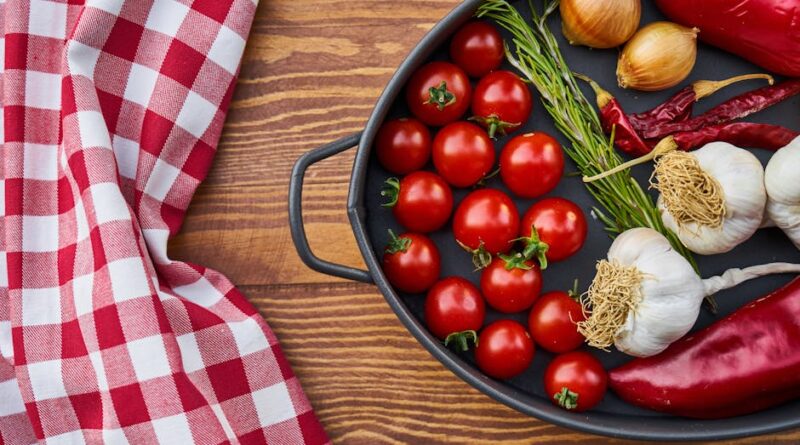The Essentials of Sous Vide Cooking
Welcome to the world of sous vide cooking, where precision meets perfection in the kitchen. If you’re a culinary enthusiast looking to elevate your cooking skills or simply a food lover curious about the latest trends in gastronomy, sous vide cooking is a technique you don’t want to miss. In this comprehensive guide, we will delve into the essentials of sous vide cooking, exploring its origins, techniques, benefits, and much more. So, grab your apron and let’s sous vide!
The History of Sous Vide
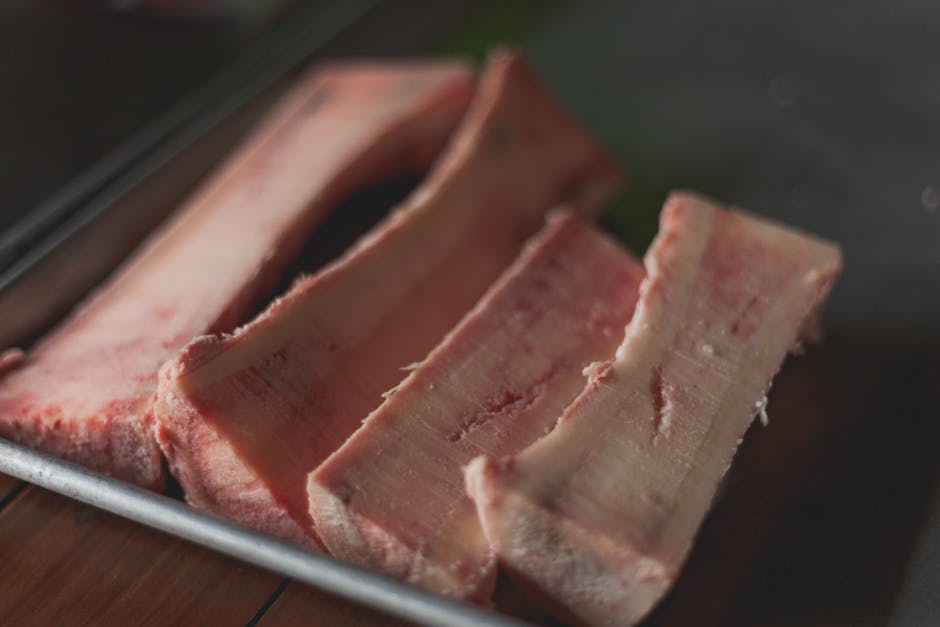
Sous vide, which means “under vacuum” in French, is a cooking method that dates back to the 18th century. Initially developed as a way to preserve food, sous vide gained popularity in the culinary world thanks to French chef Georges Pralus in the 1970s. Pralus used sous vide to cook foie gras to perfection, leading to its adoption by top chefs around the globe.
Today, sous vide has become a staple technique in professional kitchens and home cooking alike, revolutionizing the way we approach food preparation. By cooking food in a precisely controlled water bath at a low temperature for an extended period, sous vide ensures that ingredients are cooked evenly, retaining their natural flavors and nutrients.
The Equipment You Need
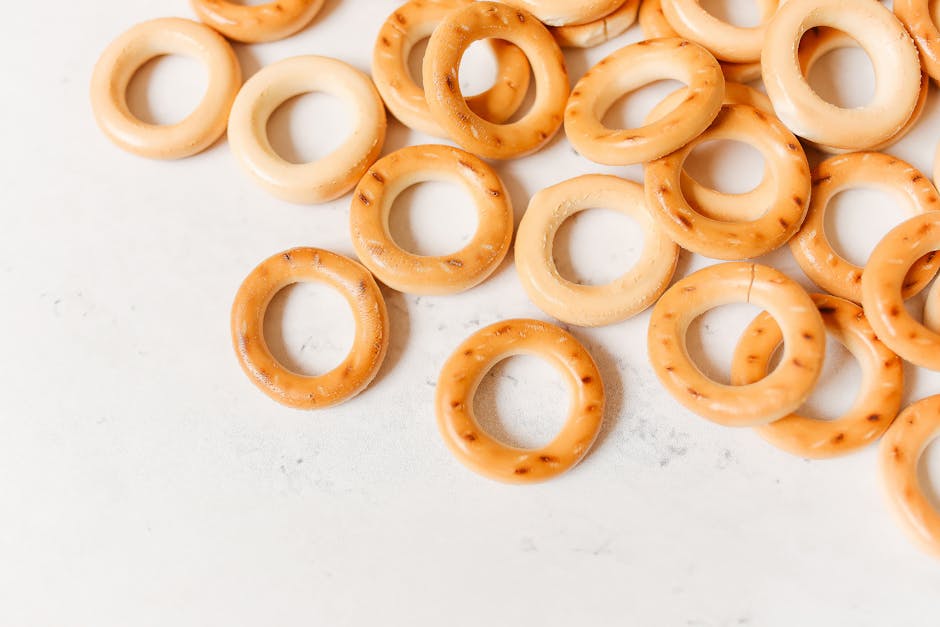
One of the essential components of sous vide cooking is the immersion circulator, a device that heats and circulates water to a precise temperature. This ensures that your food is cooked to perfection without the risk of overcooking or undercooking. Additionally, you’ll need vacuum-sealed bags to cook your ingredients in, as well as a water bath container to hold the circulating water.
While sous vide equipment can be an investment, the results speak for themselves. Whether you’re cooking a tender steak, delicate fish fillet, or vibrant vegetables, sous vide allows you to achieve restaurant-quality results from the comfort of your own kitchen.
The Sous Vide Process
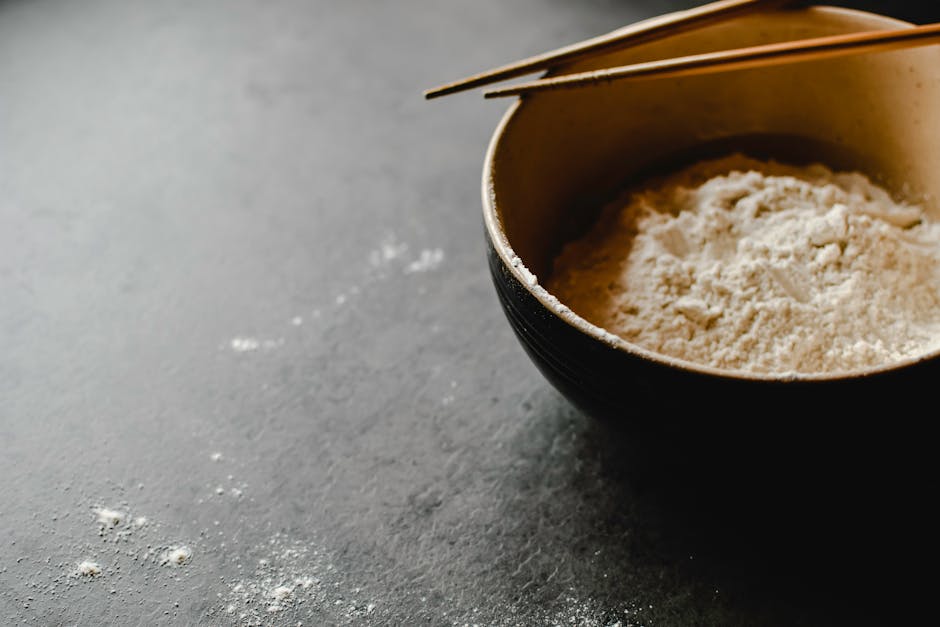
So, how does sous vide cooking actually work? The process is surprisingly simple yet yields impressive results. To begin, season your ingredients with herbs, spices, and marinades to enhance their flavors. Next, place the seasoned food in a vacuum-sealed bag, ensuring that it is airtight to prevent water from entering.
Once your ingredients are sealed, submerge the bags in the water bath heated to the desired temperature by the immersion circulator. The precise control of temperature and time is what sets sous vide apart from traditional cooking methods, allowing you to achieve your desired level of doneness with accuracy.
The Benefits of Sous Vide Cooking
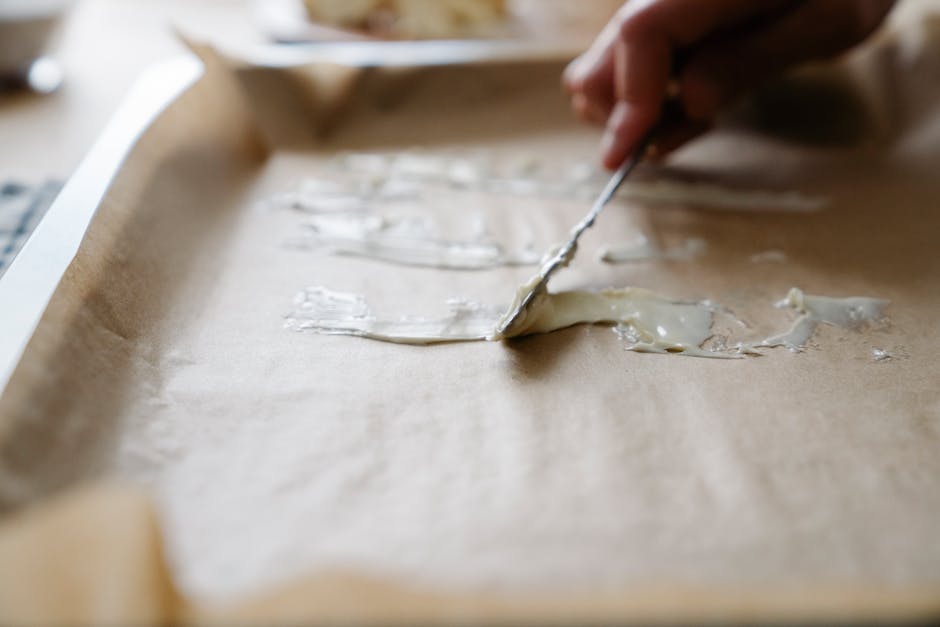
There are numerous benefits to cooking sous vide, making it a popular choice among chefs and home cooks alike. One of the key advantages of sous vide is its ability to retain the natural flavors and nutrients of ingredients. Unlike traditional cooking methods that can lead to flavor loss and nutrient degradation, sous vide preserves the integrity of your food.
Additionally, sous vide allows for precise control over the cooking process, ensuring consistent results every time. Whether you’re cooking a delicate piece of fish or a hearty cut of meat, sous vide guarantees even cooking from edge to edge, eliminating the risk of undercooked or overcooked areas.
Sous Vide Tips and Tricks
While sous vide cooking is a relatively straightforward technique, there are a few tips and tricks that can help you elevate your culinary creations. For example, searing your ingredients after sous vide cooking can add a delicious caramelized crust and enhance the overall flavor profile.
Furthermore, experimenting with different seasonings, herbs, and marinades can take your sous vide dishes to the next level. Don’t be afraid to get creative in the kitchen and explore new flavor combinations to suit your palate.
Common Misconceptions About Sous Vide
Despite its growing popularity, there are some common misconceptions about sous vide cooking that are worth addressing. One of the misconceptions is that sous vide is only suitable for cooking meat. While sous vide is indeed excellent for achieving perfectly cooked steaks, it is also a versatile technique for cooking vegetables, fish, eggs, and even desserts.
Another misconception is that sous vide is time-consuming. While sous vide cooking does require longer cooking times compared to traditional methods, the hands-off approach allows you to multitask and prepare other components of your meal while your ingredients cook to perfection.
FAQs About Sous Vide Cooking
1. Can I use regular Ziploc bags for sous vide cooking?
While some home cooks use Ziploc bags for sous vide cooking, it is recommended to use vacuum-sealed bags specifically designed for sous vide to ensure a secure seal and prevent any leaks.
2. Do I need to use a vacuum sealer for sous vide cooking?
While a vacuum sealer can help achieve a tighter seal and remove air pockets, you can also use the water displacement method by submerging the partially sealed bag in water to push out the air before sealing it completely.
To Wrap Things Up
In conclusion, sous vide cooking is a game-changer in the culinary world, offering precision, consistency, and unparalleled results. By understanding the essentials of sous vide cooking, you can unlock a world of culinary possibilities and elevate your cooking skills to new heights. So, next time you’re in the kitchen, consider giving sous vide a try and experience the magic of this transformative cooking technique.

